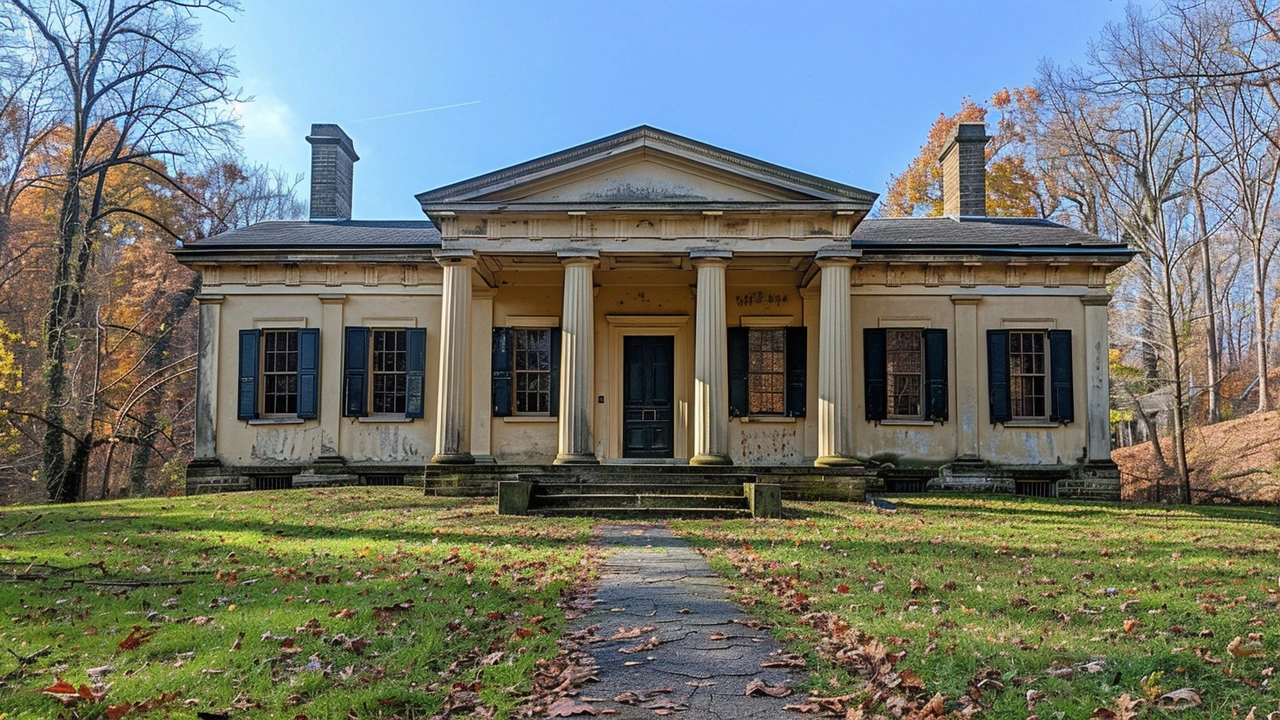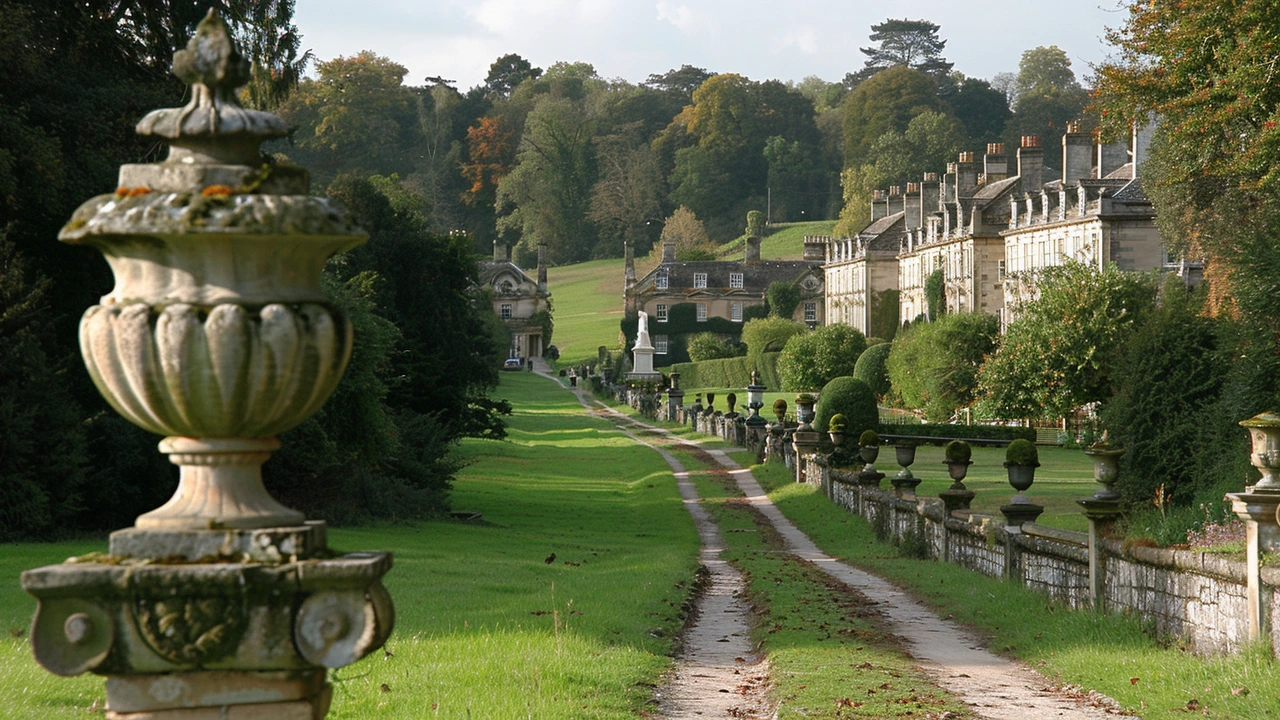Explore Renaissance Revival Architecture—the style's roots, standout features, bold stories, and how its grace still inspires modern design today.
Design elements: read buildings and spot the clues
Good design is readable. A column, a window shape, or a roofline can tell you if a building is Beaux‑Arts, Greek Revival, or High‑Tech. This page gives practical ways to spot those clues and use them in your own projects.
Start by training your eye. Walk up to a building and ask three quick questions: What shapes repeat? What materials dominate? How does the building meet the ground? Those answers reveal rhythm, texture, and scale—the core design elements architects use.
Quick visual checklist
Use this short checklist when you look at architecture. It helps you identify style and function fast.
- Roof and silhouette: Low, flat roofs suggest modern styles like Mid‑Century Modern or Bauhaus. Steep or tiled roofs point to Mediterranean Revival or traditional homes.
- Openings and proportion: Tall columns and pediments often mean Greek Revival or Federal styles. Large glass panes and exposed frames usually hint at High‑Tech or International Style.
- Ornament and detail: Heavy ornament, sculpted facades, and grand staircases are signs of Beaux‑Arts or Baroque influence. Minimal trim and clean joints lean toward Bauhaus or Neo‑Futurism.
- Materials and texture: Brick and timber feel warm and local—common in Colonial, Georgian, or Craftsman homes. Steel and glass read as industrial or futuristic.
- Structure on show: If the structure is visible and celebrated—trusses, exposed beams, metal braces—you're likely looking at High‑Tech, Constructivist, or Expressionist work.
Use elements clearly in your project
Once you can spot elements, use them with intention. Pick one dominant idea—shape, material, or detail—and keep supporting features simple. For example, if you borrow Beaux‑Arts grandeur, keep modern systems hidden so ornament reads clearly. If you like the honesty of Bauhaus, avoid added trim and show clean junctions.
Mixing styles? Focus on scale and rhythm to make them fit. A Colonial window pattern can sit on a modern facade if proportions match. Scale ties different elements together so they don’t fight for attention.
Practical tip: make a photo board before you build or renovate. Collect five images with the element you want—columns, cornices, arches, or glass facades. Use those images to brief a designer or test ideas in sketches.
Want deeper examples? Explore articles on this site about Greek Revival columns, Beaux‑Arts ornament, Colonial textures, High‑Tech structure, and Bauhaus simplicity. Reading specific styles helps you spot details faster and make smarter design choices.
If you keep asking simple questions and use this checklist, you’ll start reading buildings like a pro—and make design choices that actually work.
Discover the timeless beauty and distinctive characteristics of Greek Revival architecture in this detailed exploration. Learn about the historical context that led to its popularity, the signature design elements that define this style, and where to find some of the most impressive examples today. This article will guide you through the understanding of Greek Revival architecture and how it continues to influence modern structures.
This article delves into the elegance and historical significance of Georgian architecture. Spanning from the early 18th to the early 19th centuries, this architectural style is renowned for its symmetry and classic proportions. The piece explores key elements of the style, notable examples across the globe, and its lasting influence on contemporary architecture. Readers will gain an understanding of its cultural and aesthetic importance.


